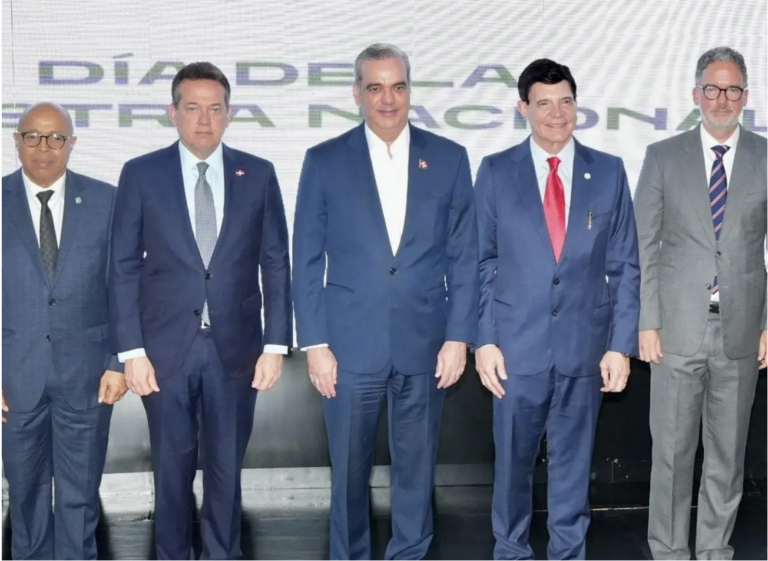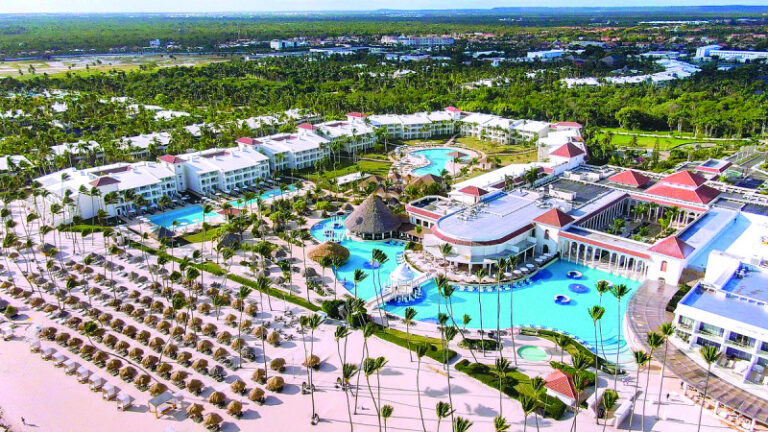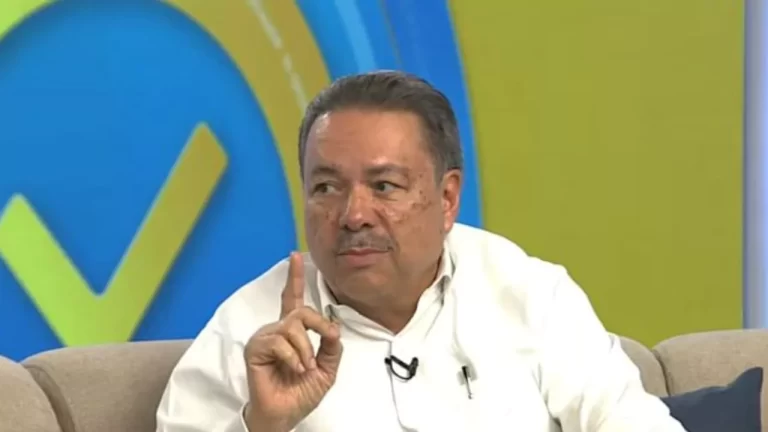Explica que es turística, “porque el COVID19 ha puesto contra la pared a un sector del que dependen no solo las divisas y los grandes empresarios hoteleros. También y sobre todo el empleo de miles y la supervivencia de más de 100 mil micro, pequeñas empresas que viven del turismo y del turista”.
Su análisis es certero y lo cierra señalando: “No se respondió adecuadamente a la campaña en contra del turismo en 2019 y sin recuperación llegó el COVID19”, y ella recomienda a Luis Abinader que “la elección de su ministro de turismo es un nombramiento urgente” en el que “hay que acertar”. ¿Por qué hablar de “emergencia turística”?
Primero. Según los análisis de Oxford Economic para el Consejo Mundial de Viajes y Turismo representa más del 20% del producto interno bruto (de manera directa, indirecta e inducida).
Segundo. A diciembre del 2019, según el Banco Central, el turismo empleaba 358,365 personas. Expertos estiman que los ingresos de estos empleos impactan la vida de más de un millón de personas. En Higüey los conocedores consultados calculan que en períodos de buena ocupación los empleados del turismo venden en promedio más de US$20 mil de sus propinas.
Encuestas indican que en esta provincia cada familia tiene por lo menos 1 persona con un empleo dependiente del turismo.
Tercero. El turismo es el principal cliente del sector agropecuario. Se estima en más de US$600 millones el valor de las compras. Un estudio patrocinado por el Banco Popular encontró que el 28% de las ventas del sector manufacturero llegan del turismo, en el comercio es el 12%, y la actividad financiera el 6%. Tenemos en el país 185 mil Mipymes vinculadas a la actividad turística dispersas en todo el territorio nacional.
Cuarto. El turismo fue el destino del 20% de la inversión extranjera directa (US$5,140 millones) en los años 2010-2020 (1er trimestre). En el 2019 acaparó el 29% (US$884 millones) y en el primer trimestre de este año el 30% (US$228.8 millones).
Quinto. El año pasado ingresaron por turismo US$7,468 millones. El sector exportador (el turismo lo es, pero no se computa así en las cuentas nacionales) aportó US$11,218 millones. Entonces, los ingresos por turismo son iguales al 66% de las exportaciones. Si sacamos las zonas francas y nos quedamos con los US$4,677 millones de las llamadas exportaciones nacionales, sólo llegan al 62% de lo que nos reporta el turismo.
Sexto. En el primer semestre del 2020 recibimos 1.1 millones de turistas, pero resulta que el 81% llegó en enero-febrero y el 18% llegó en marzo, en total el 99% en enero-marzo. El COVID19 “puso contra la pared” el turismo a partir de marzo. Perdimos 1.8 millones de turistas, una caída del 61%, cifra aplastante aún comparada con el pobre desempeño de los meses enero-junio del 2019 en que se reportó un crecimiento del 2.5%. La economía perdió ingresos por más de RD$120 mil millones y el gobierno recursos fiscales directos por más de $6,500 millones.
Queda mucho más por decir. Pero esto es suficiente para confirmar la afirmación de Inés de que estamos ante una “emergencia turística”. El principal motor de la economía está apagado. Esto no afectará la mesa de los propietarios de los grandes negocios turísticos, pero está dañando la vida de millones de dominicanos.
Fuente: El Caribe[:en]
I borrowed the phrase from my friend Inés Aizpún, an outstanding journalist, who in her article yesterday Thursday says that «we are in a health, social, economic and tourist emergency.»
He explains that it is tourist, “because COVID19 has put against the wall a sector on which not only foreign exchange and large hotel entrepreneurs depend. Also, and above all, the employment of thousands and the survival of more than 100 thousand micro, small businesses that make a living from tourism and tourists. ”
Her analysis is accurate and she closes it by pointing out: “The campaign against tourism in 2019 was not adequately responded to and without recovery the COVID19 arrived”, and she recommends to Luis Abinader that “the election of his tourism minister is an urgent appointment ”In which“ you have to be right ”. Why talk about «tourist emergency»?
First. According to the Oxford Economic analysis for the World Travel and Tourism Council, it represents more than 20% of the gross domestic product (directly, indirectly and induced).
Second. As of December 2019, according to the Central Bank, tourism employed 358,365 people. Experts estimate that the earnings from these jobs impact the lives of more than a million people. In Higuey, the connoisseurs consulted calculate that during periods of good occupation, tourism employees sell on average more than US $ 20,000 of their tips.
Surveys indicate that in this province each family has at least 1 person with a job dependent on tourism.
Third. Tourism is the main client of the agricultural sector. The value of the purchases is estimated at more than US $ 600 million. A study sponsored by Banco Popular found that 28% of sales in the manufacturing sector come from tourism, in commerce it is 12%, and financial activity 6%. We have in the country 185 thousand MSMEs linked to tourist activity scattered throughout the national territory.
Fourth. Tourism was the destination of 20% of foreign direct investment (US $ 5,140 million) in the years 2010-2020 (1st quarter). In 2019 it accounted for 29% (US $ 884 million) and in the first quarter of this year 30% (US $ 228.8 million).
Fifth. Last year US $ 7,468 million entered for tourism. The export sector (tourism is, but is not computed in the national accounts) contributed US $ 11,218 million. So, tourism revenue equals 66% of exports. If we remove the free zones and keep the US $ 4,677 million of the so-called national exports, they only reach 62% of what tourism reports to us.
Sixth. In the first semester of 2020 we received 1.1 million tourists, but it turns out that 81% arrived in January-February and 18% arrived in March, in total 99% in January-March. The COVID19 «put against the wall» tourism from March. We lost 1.8 million tourists, a drop of 61%, an overwhelming figure still compared to the poor performance of the months January-June 2019 in which growth of 2.5% was reported. The economy lost revenue of more than RD $ 120 billion and the government direct fiscal resources of more than $ 6.5 billion.
Much more remains to be said. But this is enough to confirm Inés’ statement that we are facing a “tourist emergency”. The main engine of the economy is off. This will not affect the table of the owners of large tourist businesses, but it is damaging the lives of millions of Dominicans.
Source: El Caribe[:]





